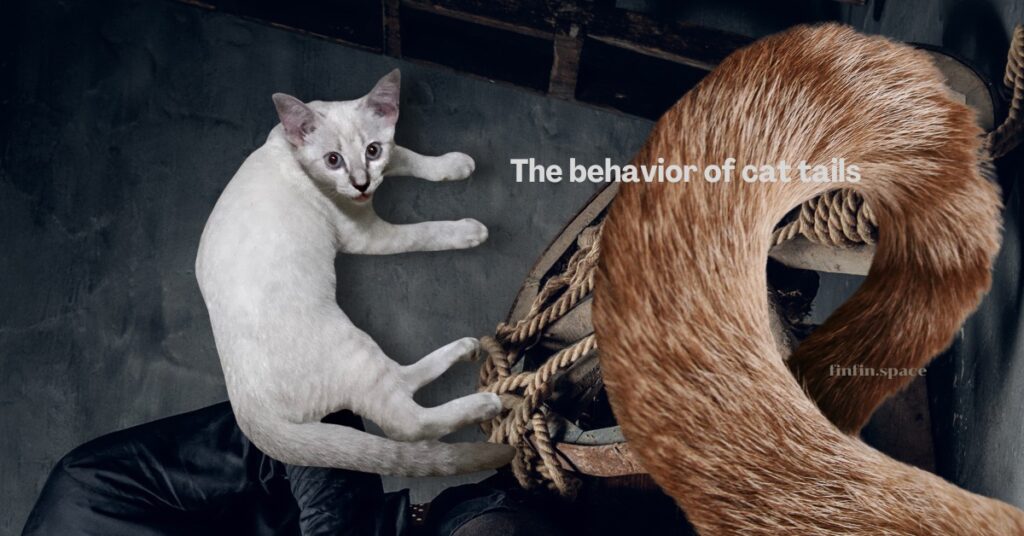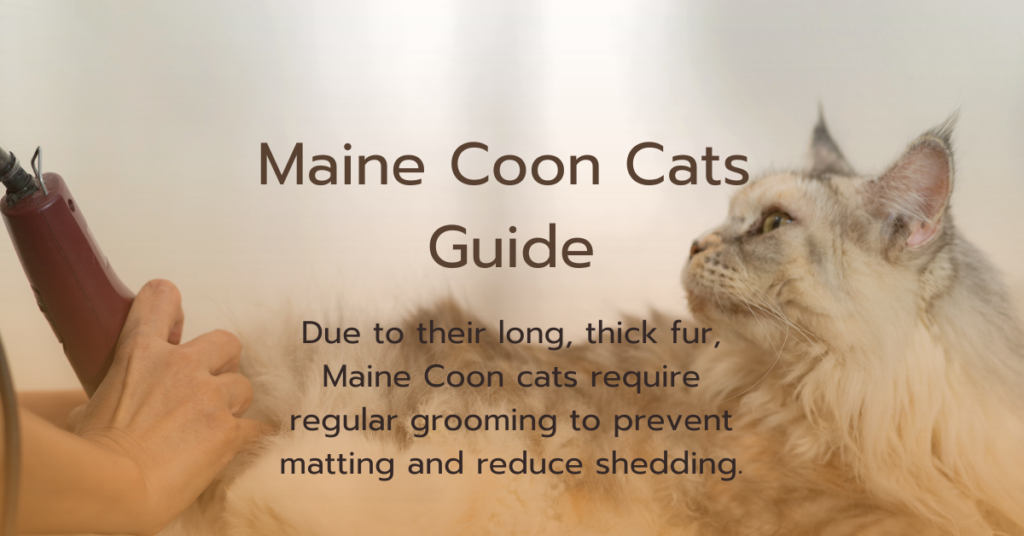Contents
- 1 The behavior of cat tails
- 2 Cats communicate in many ways.
- 3 Understanding Cat Tail Language
- 4 Interpreting Tail Movements in Different Contexts
- 5 The Role of Other Body Language
- 6 Communicating with Humans vs. Other Cats
- 7 Improving and understanding of Your The behavior of cat tails
- 8 Case Studies: Real-Life Examples of Cat Tail Behavior
- 9 Conclusion Behavior of Cat Tails
- 10 Behavior of Cat Tails FAQs
The behavior of cat tails
The behavior of cat tails. A surprising story. They went from waving their tails to hiding. What message are they trying to send to the owner?
Cats communicate in many ways.
But the most interesting thing is the use of the tail. It is not just a part of the body but a complex tool for expressing emotions, intentions, and even social status from gentle waves to powerful traction. Each movement tells a story. Let’s dive into the surprising world of cat tail behavior to decipher what our feline friends are trying to convey.
Understanding Cat Tail Language
The tail is an extension of a cat’s spine, and by observing its movements, we can gain insights into their mental and emotional state. But interpreting these signals can be as complex as learning a new language.
The Wave: A Friendly Hello
Cats communicate with A gently waving tail, which signifies a relaxed and content cat. This subtle movement can be seen as a friendly greeting, akin to a human nod. It’s their way of saying, “All is well in my world.”
The Twitch: Concentration or Irritation?
A tail that twitches at the tip can indicate two very different emotions: concentration or irritation. If your cat is focused on a bird outside the window, the twitch is likely a sign of intense focus. However, if the twitching occurs in a different context, it might be a warning signal to back off.
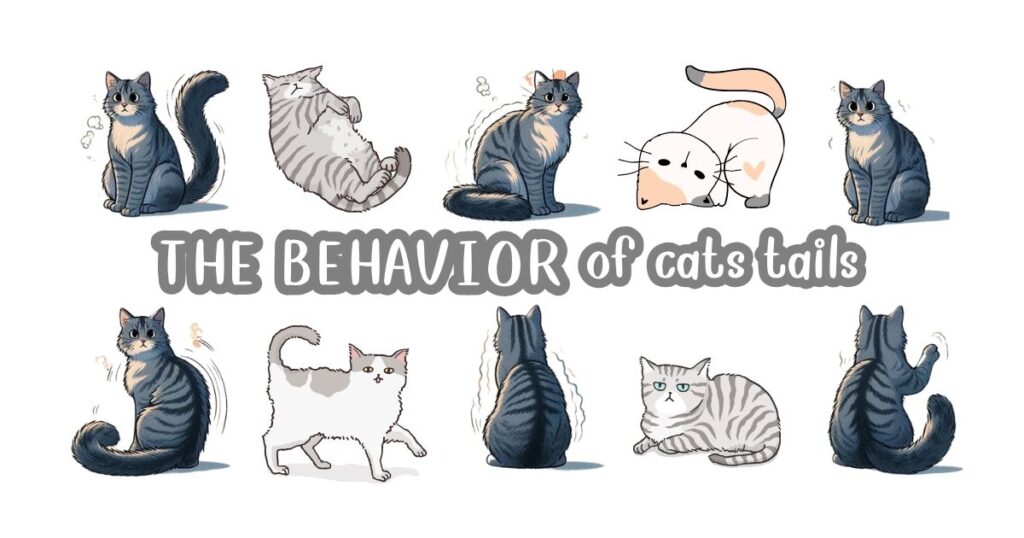
The Puffed Tail: Fear or Aggression
A puffed-up tail, making the cat appear larger, is a defense mechanism. It can indicate fear, aggression, or both. It’s a clear signal that a cat feels threatened and is ready to defend itself if necessary.
The Wrapped Tail: Affection and Comfort
When a cat wraps its tail around your leg or another cat, it’s a sign of affection. This behavior is equivalent to a hug in the feline world, offering comfort and warmth.

The Quiver: Excitement or Marking Territory
A quivering tail can be a sign of extreme excitement, often seen when you return home after being away. However, it can also indicate territorial marking, especially if accompanied by spraying urine.
The Tucked Tail: Submission or Fear
A tail tucked between the legs is a universal sign of submission or fear. It indicates that a cat feels intimidated and is trying to make itself appear smaller and less threatening.
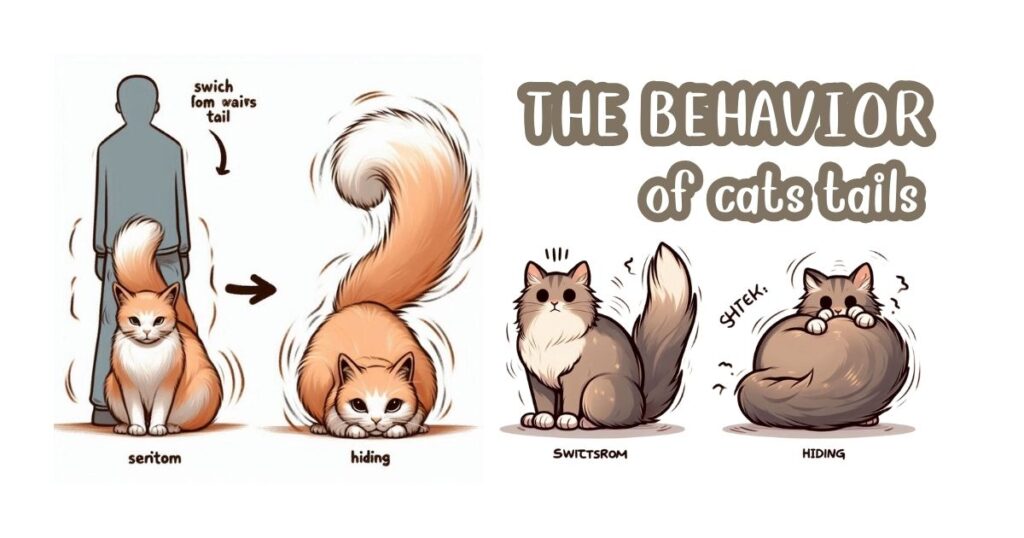
Interpreting Tail Movements in Different Contexts
The context in which a tail movement occurs is crucial for accurate interpretation. A tail flick in one situation might mean excitement, while in another, it could signal annoyance.
The Role of Other Body Language
To fully understand what a cat is communicating, one must consider the tail in conjunction with other body language cues, such as ear position, eye dilation, and body posture.
Communicating with Humans vs. Other Cats
Cats use their tails differently when communicating with humans compared to other cats. Some behaviors, like the slow blink or tail wrap, are more often directed toward humans, serving as bridges of communication across species.
Behavior of Cat Tails Misinterpretations and How to Avoid Them.
Misinterpreting cat tail language is common but can be avoided by paying attention to the full spectrum of a cat’s body language and considering the surrounding context.
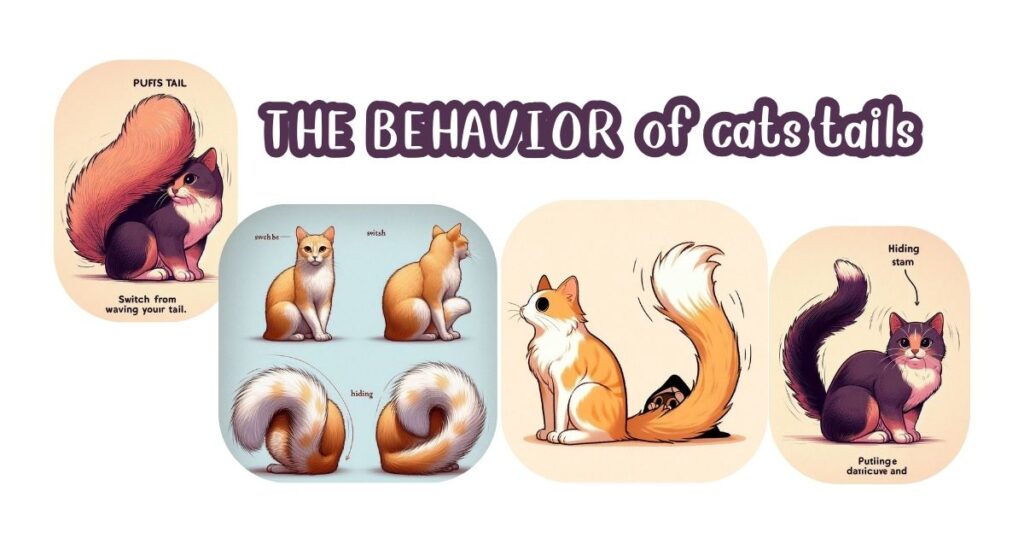
Improving and understanding of Your The behavior of cat tails
The key to understanding your cat better lies in observation and patience. Learning to read these subtle signals can significantly enhance the bond between you and your feline friend.
Case Studies: Real-Life Examples of Cat Tail Behavior
Real-life anecdotes from cat owners and studies by animal behaviorists provide fascinating insights into the complexity and variability of cat tail language. With the Behavior of Cat Tails.
Conclusion Behavior of Cat Tails
Understanding the language by which Cats communicate opens up a new dimension in human-cat relationships. It’s a journey of discovery that can lead to a deeper, more empathetic connection with our feline companions.
Behavior of Cat Tails FAQs
- What does it mean when a cat flicks its tail while lying down?
- When a cat shakes its tail while sleeping, it’s often a reflexive action rather than a conscious communication. This can be due to dreaming, where they might be chasing prey or exploring in their sleep. Just like humans experience twitching during the REM (Rapid Eye Movement) phase of sleep due to dreams, cats can exhibit similar involuntary movements. It’s generally nothing to worry about unless the tail shaking is accompanied by signs of distress or discomfort while awake.
- Can the direction of a tail wag indicate a cat’s mood?
- Yes, the direction—and not just the direction, but the manner in which a cat wags or moves its tail—can provide clues to its mood. A tail that swishes rapidly from side to side usually indicates irritation or agitation, especially if it’s done with force. A slow, gentle wagging or swaying, on the other hand, might be seen when a cat is focused on something, often in a more positive or neutral state. Observing the context and other body language cues is crucial for accurate interpretation.
- How can I tell if my cat’s tail movement is a sign of happiness or distress?
- Understanding whether your cat’s tail wagging signifies happiness or distress involves observing the tail movement in conjunction with other behaviors and the situation. Happy tail movements are often upright, with a gentle curve at the top, and may quiver with excitement, especially during greetings. Distressed tail movements might include rapid twitching, puffing out of the tail, or tucking it under the body. Agitated swishing or thumping can also indicate annoyance or discomfort. Assessing the overall body language and vocalizations will provide further insights into your cat’s emotional state.
- Is it normal for a cat to keep its tail low while walking?
- Yes, it’s normal for cats to lower their tails while walking, depending on their mood and confidence levels. A tail held low or tucked between the legs can indicate fear, submission, or insecurity. However, a relaxed cat might also walk with its tail in a neutral or slightly lowered position, especially in a familiar and safe environment. The key is to notice changes in tail position relative to the cat’s usual behavior and the context in which the change occurs.
- Do kittens learn tail language from their mothers, or is it instinctual?
- Kittens are born with a set of instinctive behaviors, including basic tail movements. However, they refine their communication skills and learn the nuances of tail language through social interactions with their mother and littermates. Observing and mimicking the older cats help them understand the subtleties of tail communication, which is essential for their social development and interaction with other cats and humans throughout their lives. So, it’s a combination of instinct and learned behavior from their early social environment.

